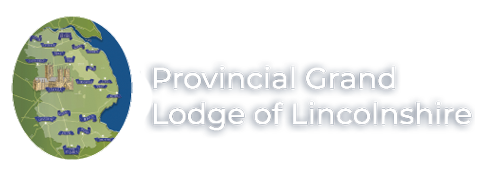Easter on the move: Why the date changes every year
- Home
- Members News
- Easter on the move: Why the date changes every year
Easter approaches quickly and it feels it too as it is early this year. In some years it is late April in others late March. Why does it vary so much? Provincial Grand Chaplain Brian Roberts explains.
Needless to say it is complicated and is geared by ‘computus’ which is Latin for calculation. The date commemorates the death of Jesus and his resurrection, which Biblically would have coincided with the Jewish Passover. The cycles of the moon and the lunar calendar would then traditionally have been used to fix dates. The Council of Nicea in 325 decided to fix Easter on the first Sunday after the first full moon after the spring equinox.

Brian Roberts
There were further interventions by King Oswy in 664 at Whitby. Largely the Gregorian Calendar was chosen although the Eastern Orthodox church remained with the Julian calendar, which means that if you have ever holidayed in Greece at Easter you may have wondered why theirs is later than ours. Whatever the date, it is seen as one of the most important dates in the Christian year and is preceded by Lent, a period of prayer and reflection in readiness for Jesus’ death and resurrection. It is a sad period until Easter Sunday, when His rising from the tomb is greeted with unrequited joy by Christians the world over. It must have been especially joyous for the disciples and followers of Jesus to realise that His death on the cross was followed by His rebirth out of the tomb, to then be seen by countless people over several days subsequently. Over 2000 years later we are still celebrating these miraculous events which were foretold in the Old Testament.
Sadly, it is common in today’s society to dismiss much of life’s ‘other- worldy’ messages, so it is to the great credit of Freemasons’ members that they choose to belong to a society in which the ‘Great Architect’ is acknowledged.
We are still in touch through many of our Lodges with the great Saints of the past. There are some who are well known, the most obvious in Lincolnshire being St Hugh. I have studied his life in some detail, and through this study I realised that what occurred 2000 or so years ago is still with us today, influencing our lives. Moreover St Hugh Lodge No 1386, to its credit, celebrates him in November, the nearest meeting to his Patronal day on the 17th.
I recently visited St Denys Lodge No 9032 as part of the Provincial Grand Master’s team visit rota. St Denys is not so well known, and few are aware of what he is remembered for. I knew of him through my work as a former Guide Leader of Lincoln Cathedral, where one of the Canon stalls has a carving of him above the stall – I was intrigued as to the carving, for he is seen as holding his own head in his hands!
St Denys was an Italian monk who lived in Paris and spent time preaching with his companions, but many who lived around the Seine wanted him to stop. However, he refused and he and his companions were subsequently tortured and beheaded in 258. Legend has it that after martyrdom Denys carried his head six miles to the place where he was to be buried. We cannot be sure of the truth of this, but whether true or not this legend adds to the richness of the churches and Lodges that carry his name.
There are of course many others around the Province that are equally interesting. The essential feature is that these Saintly persons carried on the work of the Saviour and they help us to never forget why we revere them especially at this time of year.
I wish you and your families and loved ones a blessed Easter time and pray that the spirit of love that is the essential message of the Great Architect fills our lives and of those in great need in our disturbed world.
Brian Roberts Provincial Grand Chaplain







